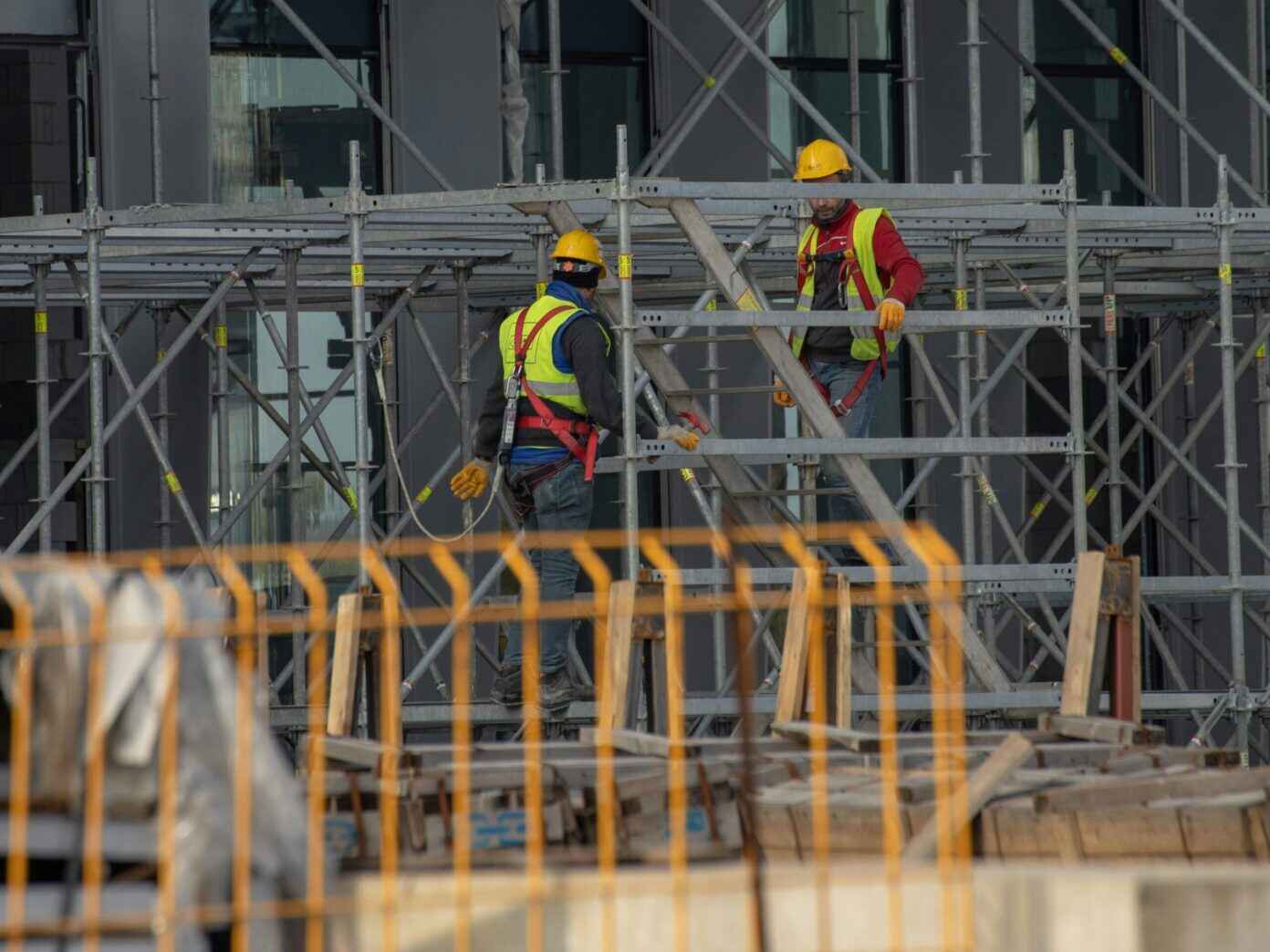Government Actions Can Protect Workers from Extreme Heat

The Network for Public Health Law (the Network) has released a guide on “Law and Policy Considerations for Workforce Protections from Extreme Heat,” detailing federal, state, and local legal and policy protections for both indoor and outdoor workers exposed to extreme heat on the job. The guide also addresses significant barriers to safeguarding this workforce, including the legal doctrine of preemption, which allows higher levels of government to limit the authority of lower levels; and provides information for policymakers, community leaders, public health practitioners, and others seeking to institute more effective heat protection for workers in their communities.
“Preemption laws undermine the essential role of local governments in safeguarding public health, particularly in the context of workplace safety from extreme heat outcomes. While it is commendable that many responsible employers voluntarily adopt measures to mitigate heat-related illnesses, the persistent and tragic occurrences of preventable heat-related injuries and fatalities among employees highlight that these protective practices are not universally implemented,” said Betsy Lawton, J.D., Deputy Director of Climate and Health at the Network. “Empowering local authorities to enact and enforce standards that reflect the specific challenges their communities face can significantly enhance the protection of workers and reduce preventable harm.”
Heat is the number one cause of weather-related deaths in the U.S., with 2023 setting the record for U.S. heat deaths. Heat related illnesses and health impacts – like heat stroke, heat rash, pre-term birth, respiratory and cardiovascular complications, and impacts to kidney function – are also on the rise. As climate change intensifies, the severity and frequency of heatwaves are expected to increase disproportionately affecting populations marginalized by historical redlining, people living and working in urban heat islands, and individuals without access to cooling systems.
Workers exposed to extreme heat in outdoor and indoor settings are particularly at risk. Workforce inequities in industries such as agriculture and construction mean people of color in these occupations often face disproportionate risks – Hispanic workers accounted for about 1/3 of heat related deaths between 2010 and 2020 but make up only 17% of the United States workforce. The federal Occupational Safety and Health Administration (OSHA) recently proposed a standard to help protect workers from job related exposure to extreme heat via protective measures such as access to water, shade and rest breaks; procedures that reduce heat illness by allowing new outdoor workers to adapt to extreme heat exposure – otherwise known as acclimatization; annual training; emergency response planning; and employer developed Heat Injury and Illness Prevention Plans. If adopted as drafted, these protections would apply to most workers exposed to extreme heat except some emergency response and medical employees. The proposed standard is in the early phases of rulemaking, which is a time intensive process. Individuals and organizations will soon have an opportunity to submit comments to support, oppose, or improve the proposal. This is an important opportunity for affected communities to weigh in on the details of the regulations and the protections they will provide.
In the interim, states and localities can implement law and policy solutions to protect their communities. Currently, only five states—California, Colorado, Washington, Minnesota, and Oregon—have enacted heat protections for workers. Advocates for worker safety may want to weigh in on statewide protections that are in development or part of active legislation in several other states—including Arizona, California (indoor workers), Maryland, Massachusetts, Nevada, New Jersey, New York, and Rhode Island. While statewide rules vary in scope, many common elements are similar to those includes in the federal proposed rule, including acclimatization procedures; access to water and shade; opportunities for breaks when temperatures reach certain levels; emergency procedures, and heat illness prevention plans. Because OSHA standards do not protect state and local government employees in 23 states, DC, and three U.S. territories that have not adopted an OSHA approved state plan, state and local protections could provide important protections for those employees even after adoption of a final rule by OSHA.
Localities like Austin, Phoenix, and Tucson have also implemented or considered specific measures such as mandatory periodic rest breaks or heat safety plans. Communities in Florida and Texas (Austin, Houston, etc.), have contemplated or adopted local heat protections for workers, but those efforts have been stymied by state preemption laws. The Texas Regulatory Consistency Act of 2023, for instance, restricts municipalities’ ability to enforce local regulations, while a recent Florida law precludes local heat exposure requirements beyond state or federal mandates.
Our law and policy considerations aim to give communities and public health practitioners a sense of what’s happening across the nation and an understanding of legal opportunities and barriers they may face as they seek equitable policies that address these urgent health risks.
For more information and to access the full resource, click here.
About the Network for Public Health Law
The Network works with local, tribal, state, and federal public health policy makers, officials, attorneys, and practitioners, as well as community organizations, advocates, and other stakeholders in community health across the country to help build their capacity to improve health and advance health equity through the use of law and policy. The Network provides evidence-based solutions and best practices through technical assistance, as well as information, resources, consultation, and training. Learn more at networkforphl.org.
CONTACT:
Nina Belforte
Deputy Director, Strategic Communications
nbelforte@networkforphl.org
